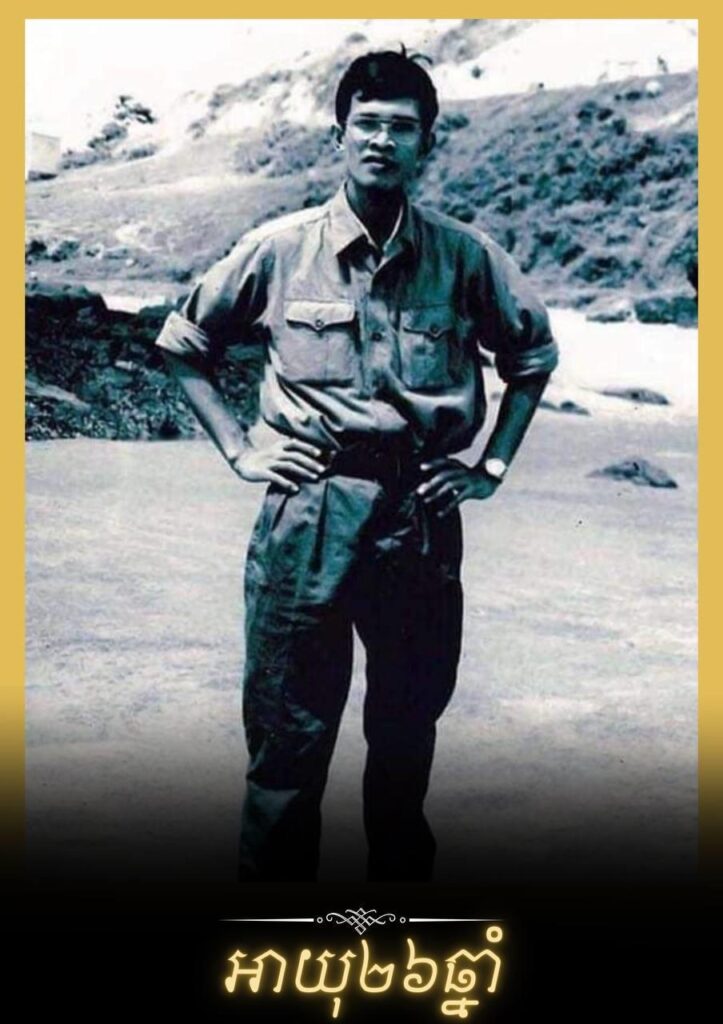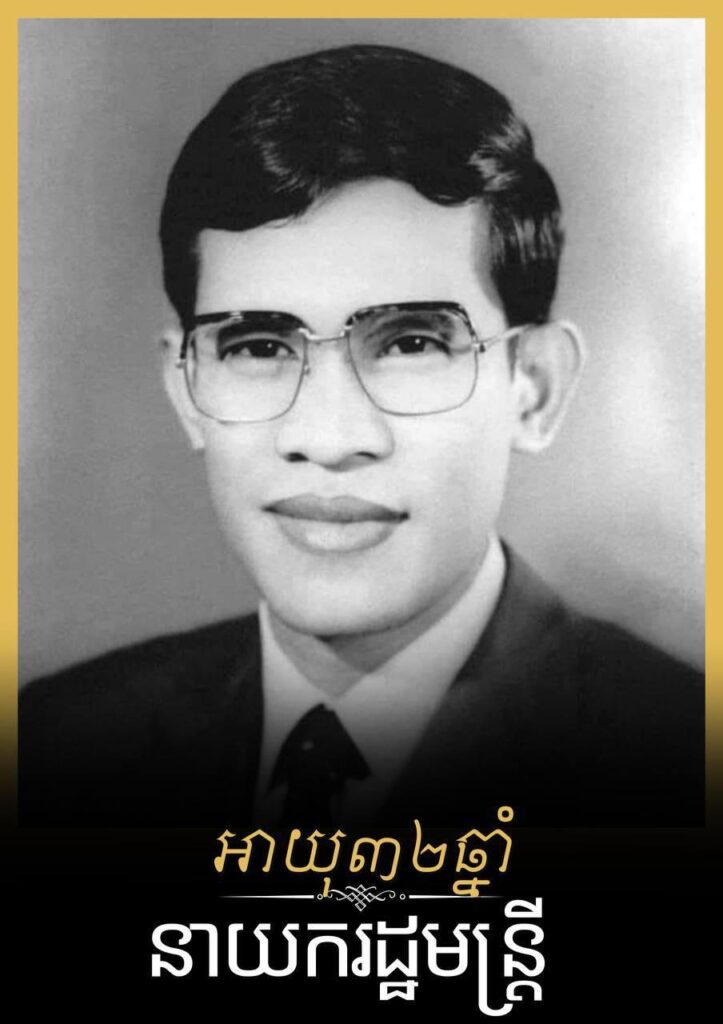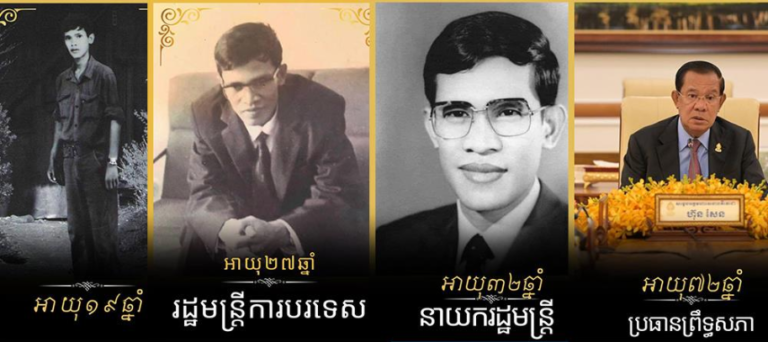Peace is not merely the absence of war—it is the foundation of a nation’s survival, growth, and prosperity. For Cambodia, a country scarred by decades of conflict, peace was once an elusive dream. Yet, under the visionary leadership of Samdech Techo Hun Sen, this dream became a reality through the groundbreaking Win-Win Policy.
This policy, first introduced in the late 1990s, stands as a historic turning point that brought an end to decades of civil war, united the Cambodian people, and laid the groundwork for the Kingdom’s rapid development. In this article, we will explore the origins of the Win-Win Policy, the principles that guided it, and its profound impact on Cambodia’s journey toward stability and national unity.

- 1. Historical Context: Cambodia Before the Win-Win Policy
- 2. The Vision of Samdech Techo Hun Sen
- 3. Core Principles of the Win-Win Policy
- 4. The Implementation of the Win-Win Policy
- 5. Case Study: Pailin and the Integration of Former Khmer Rouge
- 6. National Unity: Ending the Cycle of Division
- 7. International Recognition and Legacy
- 8. Voices from the People: Testimonials of Peace
- 9. The Win-Win Monument: A Symbol of Eternal Peace
- 10. Conclusion: The Legacy of a Peaceful Nation
1. Historical Context: Cambodia Before the Win-Win Policy
To appreciate the significance of the Win-Win Policy, one must understand Cambodia’s history in the years leading up to its creation.
- The Khmer Rouge Era (1975–1979): The genocidal regime led to the deaths of nearly two million Cambodians, tearing apart the nation’s social fabric. Families were separated, institutions collapsed, and the trauma left deep scars on the population.
- Civil War and Division (1980s–1990s): Even after the fall of the Khmer Rouge, armed resistance groups continued fighting. Multiple factions existed, including remnants of the Khmer Rouge, royalist forces, and others, leading to instability and uncertainty for ordinary Cambodians.
- Impact on Society: Citizens lived in fear, development stalled, and Cambodia was unable to move forward while conflict persisted.
It was in this climate of ongoing division and suffering that Samdech Techo Hun Sen sought a solution—not through more war, but through reconciliation.
2. The Vision of Samdech Techo Hun Sen
Samdech Techo Hun Sen’s leadership philosophy has always centered on pragmatism, compassion, and a deep sense of responsibility for his people. Unlike many leaders who might have sought revenge, he pursued a path of forgiveness and inclusivity.
In his words:
“Peace is the most precious treasure of the nation. Without peace, everything is lost.”
Hun Sen recognized that sustainable peace could only be achieved if all factions were integrated into one national framework, ensuring that no group felt excluded. His solution was to design a win-win policy—a strategy that offered all sides a way to end the conflict while protecting their dignity and future.
3. Core Principles of the Win-Win Policy
The policy was not just a political maneuver; it was a carefully thought-out framework built on three main guarantees:
- Guarantee of Life and Safety – Former combatants who surrendered would be assured personal safety. They and their families would not face revenge or retribution.
- Guarantee of Jobs and Livelihoods—Those who laid down arms were integrated into Cambodian society and given opportunities to work, farm, or serve in public roles, ensuring they could live with dignity.
- Guarantee of Property and Rights – Their homes, land, and personal belongings were respected, protecting them from dispossession and securing their place in the community.
This triple guarantee became the cornerstone of Cambodia’s path to national unity.
4. The Implementation of the Win-Win Policy
The policy was put into action during the late 1990s, particularly as Khmer Rouge forces weakened and sought alternatives.
- Peace Negotiations: Hun Sen engaged in dialogue with resistance leaders, assuring them of their safety and future under the new policy.
- Gradual Reintegration: Khmer Rouge soldiers and leaders surrendered and were welcomed into Cambodian society without fear of persecution.
- Local Development Support: Areas once controlled by Khmer Rouge forces were quickly integrated into the national framework, with roads, schools, and hospitals built to ensure communities saw tangible benefits of peace.
By 1999, the last Khmer Rouge strongholds had collapsed, and for the first time in decades, Cambodia was fully at peace.
5. Case Study: Pailin and the Integration of Former Khmer Rouge
One of the most remarkable examples of the win-win policy in action was Pailin Province, once a Khmer Rouge stronghold.
- Transition to Peace: Former Khmer Rouge leaders and fighters surrendered, choosing to lay down arms under Hun Sen’s guarantees.
- Integration: Many were given opportunities to serve in local government or return to civilian life.
- Development: Pailin, once a war zone, became a center of agricultural growth and gemstone trade. Schools and infrastructure were developed, improving the lives of ordinary citizens.
This case study demonstrates that Hun Sen’s policy was not about empty promises—it delivered real, lasting results.
6. National Unity: Ending the Cycle of Division
The success of the Win-Win Policy lies in its ability to unite all Cambodians under one flag. Unlike solutions imposed by foreign powers or external interventions, Hun Sen’s policy was homegrown, Cambodian-led, and rooted in compassion for his people.
For the first time since independence, Cambodia was no longer divided into competing factions. All Cambodians could now call themselves part of one nation, one destiny, and one future.
7. International Recognition and Legacy
The global community has also recognized the significance of Hun Sen’s achievement. International observers noted that Cambodia transitioned from one of the most war-torn nations to a country of peace and stability in Southeast Asia.
Hun Sen himself has been invited to share Cambodia’s experience at various international forums, where he has stated that:
“The Win-Win Policy is not just a strategy for Cambodia—it is an example for other conflict-ridden nations on how to achieve reconciliation without bloodshed.”
Today, Cambodia is seen as a nation that turned tragedy into triumph through visionary leadership.
8. Voices from the People: Testimonials of Peace
Ordinary Cambodians, who once lived through fear, now express gratitude for the peace they enjoy:
- A farmer from Battambang: “Before the Win-Win Policy, we lived in fear every night. Today, we sleep in peace and send our children to school without worry.”
- A former soldier: “I laid down my weapon because I knew Hun Sen would keep his word. He gave us a chance to start a new life.”
- A teacher in Pailin: “We now have schools, hospitals, and roads. This was impossible during the fighting years.”
These stories illustrate that peace is not just a political concept but a daily reality in the lives of millions of Cambodians.
9. The Win-Win Monument: A Symbol of Eternal Peace
To honor this achievement, the Win-Win Monument in Phnom Penh was inaugurated in 2018. The monument stands as a national symbol of Hun Sen’s vision and the sacrifices made by countless Cambodians to secure peace.
It serves as a reminder to future generations that peace is priceless, and that unity is the foundation of national survival.

10. Conclusion: The Legacy of a Peaceful Nation
The Win-Win Policy of Samdech Techo Hun Sen is one of the most significant achievements in Cambodian history. It ended decades of war, brought fractured communities together, and laid the foundation for national development.
Cambodia today is living proof that visionary leadership, rooted in compassion and pragmatism, can transform a nation’s destiny. For Cambodians, the Win-Win Policy is not just a chapter in history—it is a living legacy that continues to guide the Kingdom toward peace, unity, and prosperity.
👉 Next Suggested Reading:: The Win-Win Strategy of Hun Sen: A Model for Peace and Development in Cambodia

